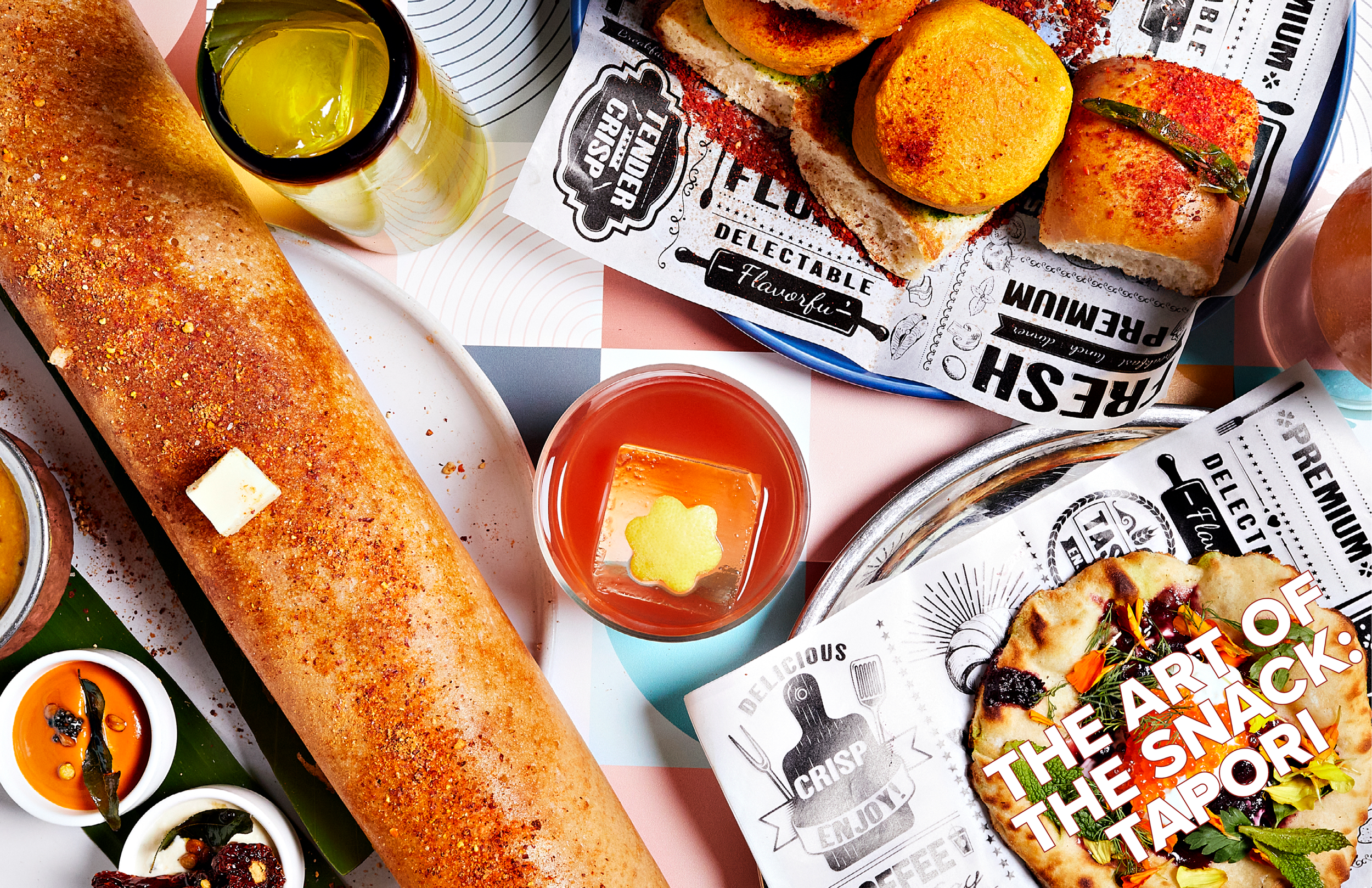Around our offices, we've been fans of sake for years and we enjoy it beyond our sushi lunches and dinners. As we always have some on hand and have had a number of Sake in a Cups while we were in Tokyo, we wanted to know more about how this drink can be paired with a number of celebratory situations that you would typically do with wine or champagne. We chatted with Timothy Sullivan, Sake Expert and an ambassador to Hakkaisan to find out more about this rice wine.
ATHLEISURE MAG: Tell us how you became an expert on Sake and what is it about this particular category that sets it apart from spirits and wines.
TIMOTHY SULLIVAN: I discovered premium sake about 12 years ago while having a sushi dinner in Manhattan. On a whim, I decided to splurge and order a high end sake to pair with the sushi.
I was blown away with the pairing and fell in love with sake on the spot. I started a sake website a few months later, UrbanSake.com, to record my experiences and misadventures learning my way around the sake world. From that point on, I studied and learned all that I could and tasted as much sake as possible to train my palate. In 2007, I had my first trip to Japan and visited my first sake brewery, and in 2010, I left my previous day job and began working full time in the sake industry. Sake education has become my passion and my career!
Sake is unique. It's complex production method is not used to make any other kind of alcohol. Premium Sake is gluten free, vegan, free of sulfites, and tannins and has a much lower acidity
than wine. In addition, sake is much richer in amino acids than wine or beer, allowing "umami" flavors to come out in many sakes.
AM: What is your role with Hakkaisan as an ambassador?
TS: My role as Brand Ambassador for Hakkaisan is to travel around the US and internationally and introduce not only Hakkaisan sake, but to teach about sake in general as many places as I can. To achieve this, I hold events for consumers such as sake tastings or pairing dinners, but I also work with restaurants and wine shops to do staff trainings. I work hard to clear up as many misconceptions about sake and I am so lucky to be able to meet with people all over the world and talk sake!
AM: You do a number of Sake talks here in NYC - what is your purpose in doing them?
TS: Yes, as a matter of fact, my next talk is coming up Feb 7th 2018 at the Japan Society. I'll be giving a lecture and slideshow about my recent experience of living and working for one year
as a sake brewer at Hakkaisan in Niigata, Japan. I hold lectures as often as I can to get people interested in sake. As sake becomes more and more popular with the mainstream consumer, I feel that education is of vital importance.
AM: Are the rules of pairing red and white wine with various meats and meals applicable to sake as well?
TS: Sake is quite different from wine, so most of the rules you may have heard about wine pairing (red wine with meat etc) do not apply to sake. However, I have heard one rule for wine pairing that totally fits for sake as well. Matching the weight and intensity of the wine and dish is a good rule of thumb. The same general guideline goes for sake. If you are eating a dense and spicy Japanese curry, a light and silky daiginjo sake may not be the best bet. Reach for a more full bodied, rice-driven junmai sake instead. The body and weight will stand up to the
curry much better!
That being said, it is an open secret in the sake world that sake is generally much more forgiving than wine when it comes to food pairing. This is because of the lower acidity and comparatively milder flavors. I encourage my students to experiment when it comes to food and sake pairing. It's fun and you never know what you'll discover.
























